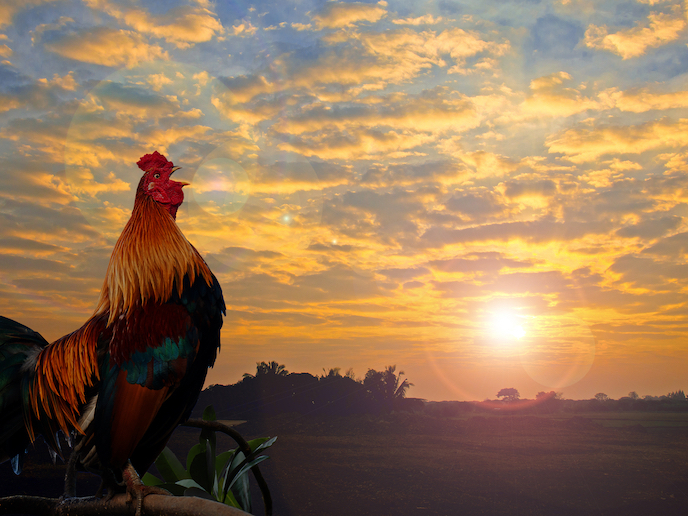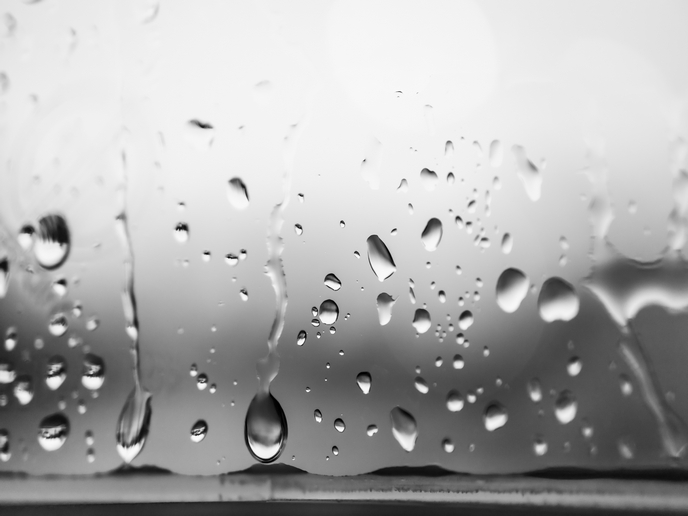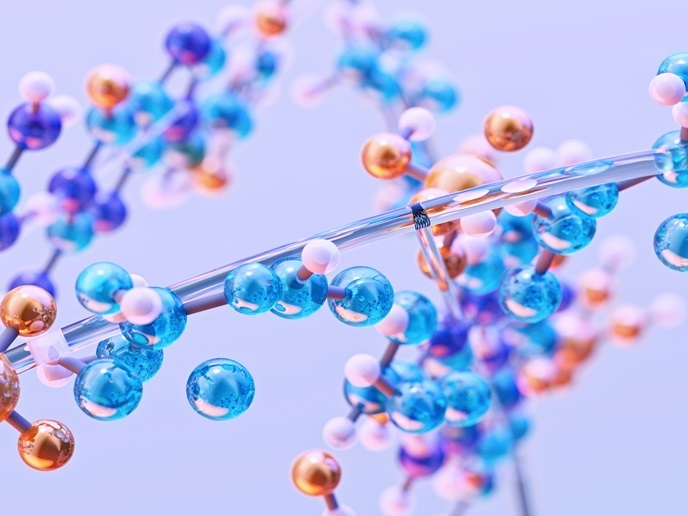Unwinding the mechanobiology of the daily biological clock
The circadian clock enables a body to obtain the resources it needs at the optimum time, while scheduling organ, tissue and cell activity. In mammals, circadian rhythms are controlled by genes, with some proteins produced by genes themselves circadian. Given that these proteins are involved in crucial cell activities such as cell cycle and differentiation, if something goes wrong with the clock, it can have serious consequences. There is increasing evidence that the mechanical environment of a cell influences its behaviour. For example, cell cycle progression depends on available space, pressure exerted by neighbouring cells and the rigidity of the extracellular matrix(opens in new window). These factors also affect the differentiation of a cell during development, even determining if a cell dies or becomes tumorous. Given that circadian cells within a tissue share a common microenvironment and are interconnected, with the support of Marie Skłodowska-Curie Actions(opens in new window), MECHADIAN investigated for the first time how circadian clock maintenance is influenced by mechanics. Looking at fibroblasts(opens in new window), the most important cells of connective tissue, the team learned that the mechanical environment strongly influences the performance of their circadian clocks. For example, when this environment was damaged by a wound, the circadian clock was severely impaired. “By manipulating cells’ environment, we found a new signalling pathway that regulates the circadian clock, prompting critical questions, like: What are the consequences of circadian clock impairment in an injured tissue?” says Marie Skłodowska-Curie Actions fellow, Juan Francisco Abenza, the principal researcher, from the Institute for Bioengineering of Catalonia(opens in new window).
Telling the time
Cells of the suprachiasmatic nucleus(opens in new window) in the hypothalamus of the brain coordinate the daily pace of the biological components that make up mammals. This area receives information from the retina about the approximate time of day and sends endocrine and neurocrine(opens in new window) signals to the body’s cells to ‘set their time’. Through a feedback loop, genetic expression of these cells oscillates over a 24-hour cycle regulating hundreds of proteins and so impacting the genomic activity of every cell. To better understand this process, MECHADIAN used confocal microscopy(opens in new window) to study thousands of single NIH3T3 fibroblast cells(opens in new window). This was combined with microfabrication tools, such as for microprinting extracellular matrix proteins, alongside wound healing assays. The team statistically evaluated the differences in the circadian gene expression of cells growing in different conditions – looking especially at the robustness of circadian clocks based on the expression of REVERBα, one of the core circadian proteins. “A surprise was that after certain mechanical alterations, like a sudden change in cell density, the cells did not become circadian even after attempts to force them using hormonal shocks. This highlights how influential the mechanical context is,” explains Abenza. Another achievement was the discovery of the precise molecular connection between the circadian clock and cell mechanosensing – the way cells ‘feel’ the mechanical properties of their environment. The results are being compiled for publication.
Towards chronomedicine
MECHADIAN highlights the importance of considering both timing and mechanical environment when studying cell behaviour. These variables could help answer some unsolved biological puzzles, contributing to the emerging field of chronomedicine(opens in new window), which seeks to identify the optimum timing for drug ingestion or surgery. “As humans adopt schedules devoid of natural light, circadian rhythms are increasingly disrupted, risking physical and mental health,” adds Abenza. “Having unveiled a connection between cell mechanics and the circadian clock in fibroblasts cultured in cells, we want to explore this in more complex systems, like 3D cultures, organoids or even in the body.”







